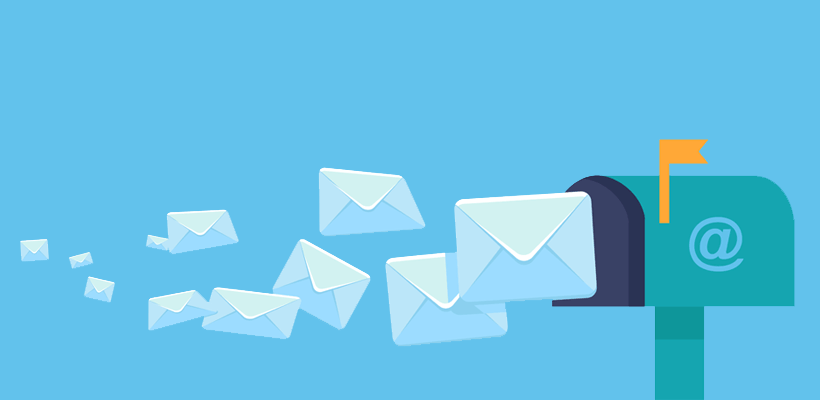Talking about the B2B email marketing, one medium that has proved constantly to be of greatest use is Email marketing. More and more businesses are turning towards enhancing their budget of Email marketing because the research has shown it to super effective.
The research revolves heavily around how this type of marketing brings in ROI. But how does one write b2b emails? The best use of this marketing is put to is for generating leads. The leads then transpire into clientele in the coming times. While it has been established that email marketing is the answer to your B2B issues, even bigger question is what makes up for an ideal copy that is the most effective.
The wide arena of Email marketing involves an entire array of communication strategies. These range from newsletters and autoresponders to follow-ups and surveys. Despite all the options available, the most common and effectively used approach is newsletters in the email to target the potential audience.
The important thing to consider is that there is a very fine line between the email newsletter being effective or ineffective. It is useless to bombard the consumer who is not interested and force him to unsubscribe you ultimately. This happens when the users receive emails not related to you.
Know the Target Audience
If you are looking to target the right audience, it is important to segment the audience aligned with their unique personas. Know the needs, problems, and solutions to those problems. So instead of getting hyped up about email marketing and sending out generic newsletters, targeting the right spot is important.
Segmentation involves collecting user data at any possible opportunity. Social media interactions, landing page visits, subscription forms, and download provide valuable user data. This user data can do wonders for you and your business by letting you include what interests the audience the most.
If managing this segmentation process seems daunting, partnering with a specialized B2B email marketing agency can streamline the effort, ensuring your campaigns are both targeted and effective.
B2B marketing does not always have to be impersonal and dull, as opposed to popular belief. With an influx of information, it is best to design the newsletter in a way that is user-specific and more personal.
Tell before you sell!
Newsletters are not meant to sell the product directly. These work to educate the consumer. You cannot expect the consumers to make a buying decision over an email or even a series of emails. The newsletter should be designed in a way that leaves an impact on the mind of the consumer. Even if they are not potential customers at that time, the newsletter must be compelling enough that whenever a related need arrives, the first brand or product to pop up in mind be yours.
Therefore newsletters also have that cushion to put in extra information as well that supplements the product information.
The research in the area also shows that addressing the need when the consumer desire like “Read more” works better than tabs like “Buy now”. So, set the ground for the consumer and educate him rather than forcing him to make an immediate buy. This strategy works best.
Design is the Key!
The design is the first thing that the consumer will come across. Before he reads the content, he develops an impression of your brand in mind by seeing the design. The design must have a few basic attributes to it.
- It should be clean and easy to digest.
- It should complement the email content and the buyer persona.
- The graphics must be catchy.
- The Call to Action must be visible and active.
- Font should be good and generated from a font styler
All these attributes are guided by the knowledge of consumer attitudes, needs, and preferences. The color scheme plays an essential role as well.
Font can be generated from Fontalic. The newsletter must be responsive as well as most users open their emails on their cell phones. It must render smoothly on all devices for it to create leads. To test the newsletter with various browsers is also important.
One of the anchors to good and creative newsletters is that it should be easy to scan. The recipient should be able to get the main idea in the first few seconds of opening the email. A vertical format, white space to separate different items, short paragraphs, more graphic, less written content, self-explanatory images-all these factors add up to a readily imparted message.
Make use of user analytics
Analyzing email analytics is very important. The user data is magic in your hand. It gives you an insight into what the users are thinking, what they like and dislike, how much time they spend on your newsletter, what attracts them and makes them click.
After having a good knowledge of what the users are into, it helps to streamline your testing and orient accordingly. For instance, the content may be alright, but your newsletter fails to grab attention because of a flimsy subject line or the time at which you are sending out emails!
By testing the various variables, you can make an informed decision in the right direction. Analyzing the data helps you provide the customer what they want to see and allows you to avoid what repels them!
Reflect your Marketing Strategy
The newsletter must be a part of the greater whole of the marketing strategy. If it is not a continuation of the entire campaign, it fails to connect the consumer with the strategy as well as the product. If the consumer must go back to the website for each little thing, you simply lose leads.





